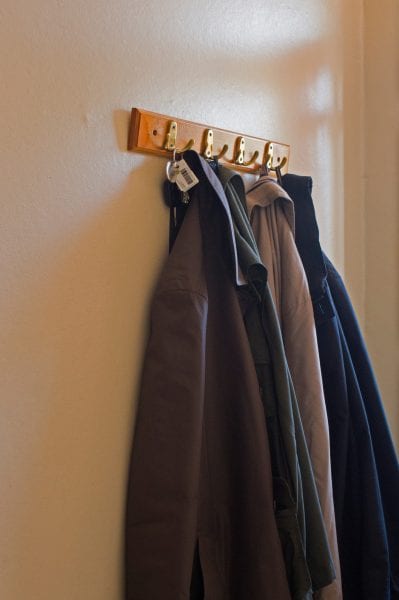A winter escape to Malaga
The ongoing post-exam slump in a dark and dreary Manchester needed a solution. I am always searching for an excuse to travel, so I went to Malaga, in the hope that some winter sun would alleviate my self-diagnosed Seasonal Affective Disorder (SAD). The cultural heart of Malaga is the perfect size to explore during a spontaneous weekend away. I returned to England with a much-needed dose of Vitamin D and another city ticked off my list.
As the largest city on the Spanish Costa del Sol, Malaga is known for its high-rise hotels and beach resorts. Rejecting this touristic stereotype that often dominates British opinion, I wanted to immerse myself in city life through language and cultural sites of interest.
Situated in an idyllic location between mountains and sea, the natural beauty is evident with summery palm trees, gardens and greenery. Electric scooters are the best way to get around the city. Accessible through an app, the scooters can be picked up and dropped off anywhere in the city. They reduce CO2 emissions while making travel efficient, quick, and fun. This is the best way to see the city ‘on foot’. Firstly, hop on a scooter to visit the Castillo de Gibralfaro. From here, make your way down the hill to the Alcazaba fortress and gardens, and finish at El Teatro Romano, one of the only Ancient ruins left in the city centre. Enjoy a glass of cava from the elegant El Pimpi bar opposite.
Malaga is the birthplace of Pablo Picasso; one of the most influential artists of the 20th century. It is worthwhile visiting ‘Casa Natal de Picasso’ (his birthplace) and Museo Picasso. The museum holds an overwhelming collection of Picasso’s works. It is a visual journey through a wide array of styles and creative masterpieces. Also situated in Malaga’s old town, the Wine Museum showcases local wine making, process and culture. Furthermore, the Glass Museum displays decorative glass from various eras, set in a restored 18th century mansion. If you prefer something more contemporary, Centre Pompidou at the Port holds a modern art, dance and film collection; admission is free after 4pm on a Sunday. The artistic vibe is reflected in the old town with the architectural wonders and colourful buildings.
And, of course, no city break is complete without a divine culinary experience. For the foodies out there, Malaga will not leave you disappointed. Spend late afternoon and evening enjoying ‘tapas y terrazas.’ You can find traditional tapas bars with modest prices on every street; those by the port and in the centro historico are bustling and atmospheric into the early hours of the morning. Throughout the old town, there is a lively and friendly vibe and dining al fresco is the best way to soak up this atmosphere. Calamares, gambas, jamon iberico – my favourites from restaurant Pepa y Pepe – the abundance of local delicacies is mouth-watering.
Lastly, Malaga’s Cathedral, Catedral de la Encarnación, is a landmark in the historic centre. The stunning cathedral is visible from the plethora of rooftop bars Malaga boasts. Visit the terrace at AC Hotel Palacio for sunset and sangría; a chilled jazz soundtrack completes the laid-back ambiance. Although Malaga’s regaetton clubbing scene does not suit everyone’s tastes, you are spoilt for choice in terms of bars and restaurants. Everywhere is welcoming and inclusive to locals and tourists, students and pensioners.
More laid-back than Barcelona or Madrid, you should consider Malaga as your next getaway destination. For those who suffer from SAD, year-long sunshine and a Mediterranean climate further boosts its appeal. It is an ideal base for exploring the Andalusian region, but it is more than just a gateway to the Costa del Sol resorts. Artistic, cultural and with cool rooftop bars; Malaga is a city with something for everyone.
If you suffer from Seasonal Affective Disorder and need some support, the SU Advice Service is always open for confidential advice. They can be contacted on 0161 275 2952.


























